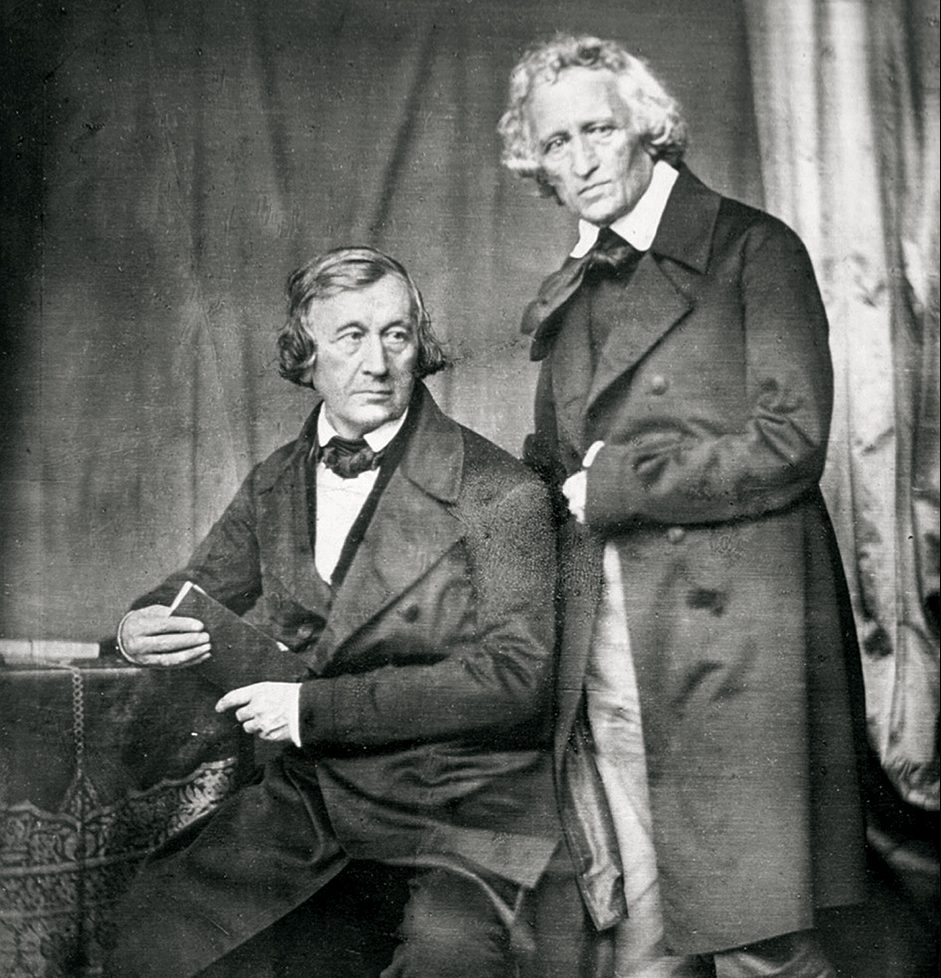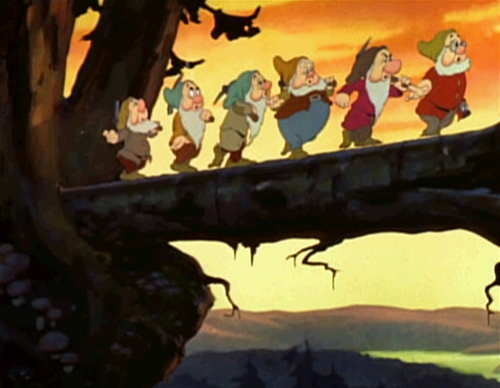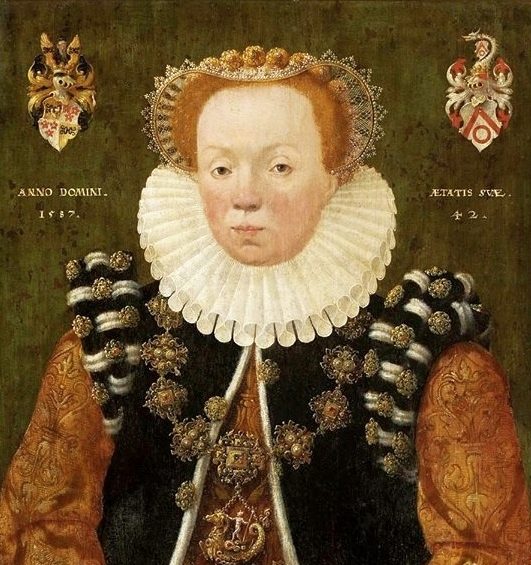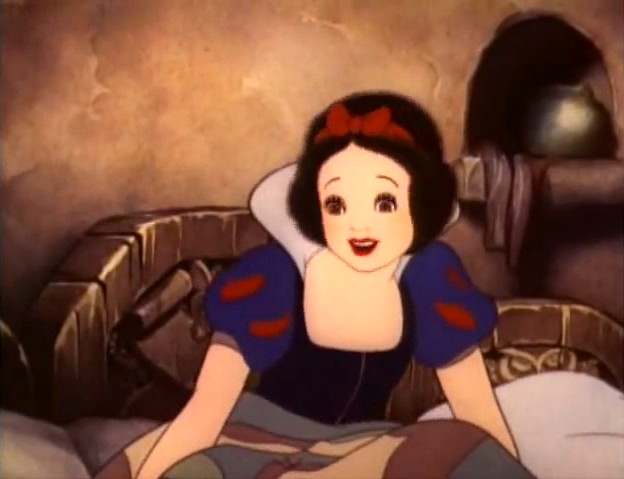It takes a talented storyteller to weave together a fairytale that captivates, mystifies, and uplifts. To assist youngsters in better dealing with life’s challenges and paradoxes, stories create lasting impressions that they may intuitively recall as they grow up. Folk tales and myths are often based on actual people and events and are meant to be an accurate depiction of everyday life in the society in which they were written.
Many true stories can be horrifying, and include torture, murder, and other heinous acts. As they are passed down orally from generation to generation, some components change over time, blurring the original storyline and turning them into fairy tales.
The Brothers Grimm
Known for their work in fairy tales, Jakob and Wilhelm Grimm were nineteenth-century professors who gathered stories from middle-class housewives, acquaintances, and even peasants before transferring them to printed text. To sell books, writers had to soften the harsh realities and make them more palatable. By studying classic tales, notably those of French master storyteller Charles Perrault, the brothers developed a style and a voice that the world embraced.
Grimm’s Fairy Tales ranks as perhaps the most influential collection of European folklore ever published and has been translated into many languages.

Snow White and the Seven Dwarfs is a classic fairy tale based on oral traditions, in which morals and principles were often forgotten, more so than the events themselves; yet they maintained the universal principle that good is rewarded and evil is punished; giving the righteous a glimmer of hope no matter how hopeless the situation may seem.
Disney’s Snow White
Success
You are now signed up for our newsletter
Success
Check your email to complete sign up
The movie starts with the opening of a book: “Once upon a time, there lived a lovely little princess named Snow White.”
Snow White’s stepmother (the queen) worried that Snow White’s beauty might one day surpass her own. So she dressed her in rags and had the princess serve as a scullery maid. Each day the vain Queen consulted her mirror: ‘Magic mirror on the wall, who is the fairest one of all?’ As long as the mirror replied that she was the fairest, Snow White was safe from the queen’s cruel jealousy.
One day when the queen asks the mirror, ‘Who is the fairest one of all?’ The mirror replied: ‘Famed is thy beauty, Majesty. But behold, a lovely maid I see. Rags cannot hide her gentle grace. Alas, she is fairer than thee.’
The Queen asks the name of her rival, and the magic mirror says: “Lips red as the rose. Hair black as ebony. Skin white as snow.” The queen then knows it’s Snow White!
She instructs a huntsman to bring her Snow White’s heart. Thanks to the huntsman’s compassion, Snow White escapes and is hidden by the seven dwarfs in their woodland house. The queen consults the mirror again: ‘Magic Mirror on the wall, who is now the fairest of all? The mirror responds, ‘Over the seventh jeweled hills, beyond the seventh fall, resides Snow White, the fairest of them all.’
Wild with jealousy, the Queen transforms herself into an old woman peddler and travels to Snow White’s woodland hut, luring her with a “wishing apple.” Snow White eats the poisoned fruit and falls into a coma. The dwarfs take turns watching over her in a glass casket. A handsome prince passing by sees Snow White and falls in love… The Prince leans in for love’s first kiss and…the spell is broken.
There is no doubt that “Snow White and the Seven Dwarves” is fiction; yet recent research has shown that the ancient fairy tale may be based on one of, or a combination of, two similar life stories.
Maria Sophia von Erthal
Snow White is widely believed to have been inspired by Maria Sophia von Erthal. She was born in Lohr Bamberg, Main, about 100kms west of Bamberg, in southern Germany on June 25, 1725. The story revolves around a beautiful young girl who was raised in a castle. While she wasn’t technically a princess, Maria Sophia was described in family memoirs as “an angel of mercy and kindness” and remembered in the hearts of the people “for being “charitable towards the poor and the suffering.”
Her father, Philipp Christoph von und zu Erthal, was the Prince Elector of Mainz’s local representative. Following the death of Maria Sophia’s birth mother in 1738, her father remarried. Claudia Elisabeth von Reichenstein, the stepmother, was the dominating force in the castle and used her newfound power to the benefit of her children from her previous marriage.
According to tradition, Von Erthal presented his bride with a spectacular gift shortly before their marriage: a “magic mirror.” It stood 1.6 meters tall and was adorned with elaborate carvings and ornaments. The mirror, which can still be viewed today in the Spessart Museum at the Lohr Castle, Stuttgart, where Maria Sophia’s stepmother resided, is known as “The Talking Mirror.” . The mirror was created around 1720 by von Erthal’s own firm “Mirror Manufacture,” in Germany. Interestingly, the museum’s mirror is inscribed “Amour propre” (French for “pride”)
Maria Sophia’s life was under the constant scrutiny of her tyrannical stepmother, but it was nothing like what the fairy tale portrays. Although there is no evidence that a huntsman attempted to murder Maria Sophia, it is clear that her life would not have been easy. Presumably, the hard reality of life for Maria Sophia under this woman was recast as a fairy story by the Brothers Grimm. It is not known whether or not there were any dwarfs in her life at the time, but there were the nearby Beiber mines, which reportedly only employed “small statured males.” The frightening woodland that appears in the fairy tale is said to be based on a forest on the outskirts of Lohr, which was known to be home to wild animals and would-be thieves who waited for unsuspecting victims to wander off the path.

Snow White is said to have run through seven hills before reaching the seven dwarf’s hut in the Brothers Grimm’s story; the dwarfs worked in a mine, and in reality there is an abandoned mine outside Lohr which may be reached by trekking over seven hills.
For those interested in the origins of the poisoned apple, Lohr has a large number of orchards, and Maria was said to be able to identify the plant from which the alleged poison may have originated: deadly nightshade, or Atropa belladonna.
However, the real Maria Sophia died in 1796 at the age of 71 in a convent. If there was a prince who saved her from poisoning in her youth, he is missing from this account. She is buried at Bamberg, just 50km away from where the Brothers Grimm lived, according to museum director Holger Kempkens.
Margarete Von Waldeck
It’s said In his 1994 book Schneewittchen: Marchen or Wahrheit? (Snow White: Is it a Fairy Tale?), German academic Eckhard Sander claims Snow White was modeled on Margarete Von Waldeck, a 16th-century Bavarian noblewoman.

In 1549, Katharina of Hatzfeld, Margarete’s stepmother, compelled the sixteen-year-old, who was described as strikingly beautiful, to relocate to Wildungen, Brussels. After meeting Prince Philip II of Spain, she became his mistress, much to her stepmother’s displeasure and dismay. Apparently, the prospect of Margarete becoming a princess was too much for both her interfering stepmother and Philip’s father, the king of Spain, who considered a marriage between the two as politically undesirable.
Spanish spies were arranged to poison the young beauty and put an end to the romance. The use of poison to eliminate Margaret is corroborated by the testament she made just before her death, written in frantic handwriting, displaying indications of poisoning death.
While it is uncertain whether von Waldeck was poisoned or murdered, her stepmother was not directly responsible, since she died before the girl.
The parallels between Margarete von Waldeck’s life and the myth of Snow White, include not only her remarkable beauty, the jealous stepmother, and the poisoning death; Margarete grew up in Bad Wildungen, where her brother operated a copper mine staffed by starving children, who were nicknamed “dwarfs.”













